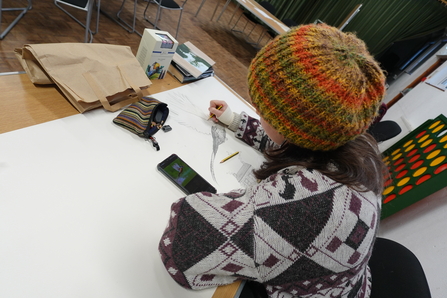The drop-in sessions, held at Neuadd Talwrn and Y Ganolfan, Llanbedrgoch, invited local people to share and discuss the historic place names of the Anglesey Fens and surrounding areas.
The aim? To gather names - field names, forgotten names, nicknames passed down through generations - and get them recorded on the List of Historic Place Names of Wales, a digital archive that helps preserve this part of our cultural heritage.


